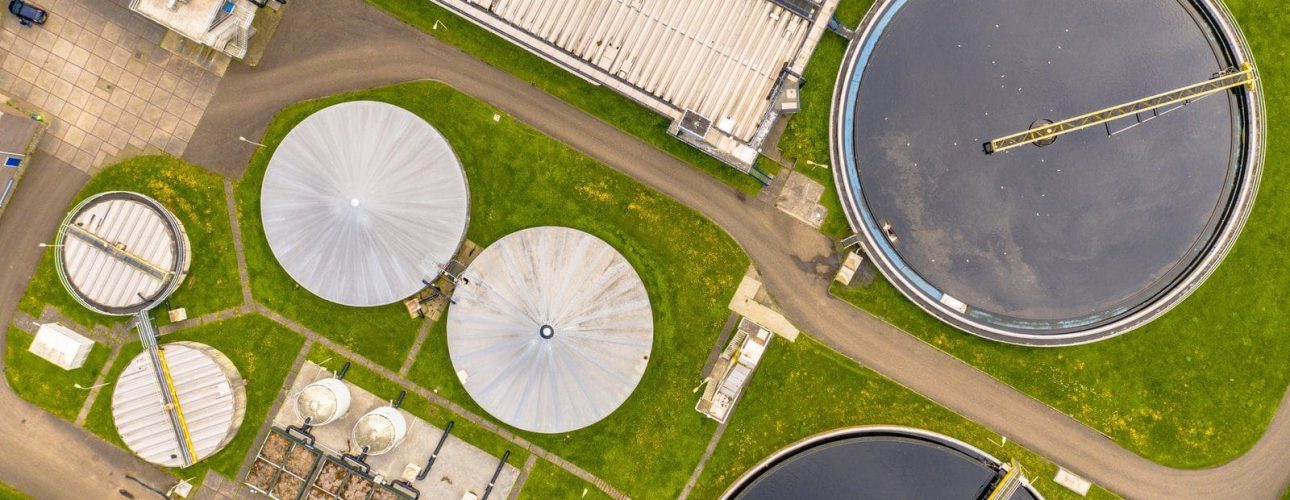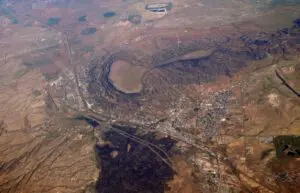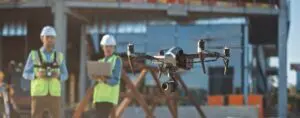The Environmental Protection Agency, other federal government agencies, States, and Tribes have been managing investigations and cleanup activities at mining and mineral processing sites for over twenty years. A large number of cleanup technological innovations have been successfully utilized in the removal and handling of mining waste .
There are three major categories of technology used for environmental remediation and site remediation projects. These technologies are: Conventional, Innovative/Emerging, and Institutional Controls.
Chemical Treatment
For this site remediation treatment, you use reagents to destroy or modify the contaminants. This method can be used to neutralize acid rock drainage or to enhance a subsequent process. Lime treatment for acid rock drainage is one of the most common forms of chemical treatment.
Site Remediation by Stabilization
This is changing the contaminants to a less mobile or soluble form thereby making it less hazardous to the environment. For example, stabilization could be used to treat soil pollution found in a sludge slurry by changing the pH of the sludge to make it less mobile. Another form often used for stabilization is the capping of soil pollution. In this case, a clean cap of soil is placed over the polluted soil to protect it from running into streams and rivers.
Solidification of Contaminants
This process involves making the pollution solid, such as capping or mixing the pollution into a concrete block. The contaminant migration is restricted vastly by decreasing the surface area exposed to leaching or runoff from rain or stormwater.
Decontamination of Buildings
When a mine site or industrial operations are complete, there is often a desire to preserve the historical significance of the buildings. When this occurs, the structures themselves will need to be decontaminated. Site remediation by decontamination could be as simple as washing the building or as complicated as removing asbestos from the interior walls and ceilings.
Thermal Desorption
Thermal desorption is using heat to remediate contaminated soils, sediments, and sludges. Using heat the contaminated is turned to the gas-phase with further treatment of the off-gas required. This technique is generally not used at mine sites as the main contaminants of metal are difficult to change to a gas-phase.
Thermal Destruction
Thermal destruction uses high temperatures in an attempt to decompose the contaminants. For mining, it is generally unsuccessful as the process does not actually destroy the metal.
Vapor Extraction
Vapor extraction uses vacuum technology and subsurface retrieval systems to remove contaminant material in the gas-phase. It is mostly used to remove volatile compounds from permeable soils. With metal being the most common contaminant on mine sites it is generally not used for metal contamination. Vapor extraction is however very common for hydrocarbon and solvent removal at sites where the fluid has leaked into the subsurface.
Solvent Extraction
This process uses a nonaqueous liquid reagent to remove organic and/or inorganic contaminants from waste, soils, sediments, sludges, or water. An example of this technology in mining is leaching. With leaching, the solvent can be targeted to remove the soil contaminants in the soil.
Soil Washing
This method uses a combination of chemical and physical extraction and separation techniques to remove contaminants from the soil. The process begins with extraction, separation for coarse and fine grain fractions. The fine-grained fractions are generally then separated further with additional washing and processing. The fines from this material are generally the most contaminated and require another remedial action.
Soil Flushing
Flushing uses water, enchanted water, or gaseous mixtures to accelerate the mobilization of contaminants from the contaminated soil via adsorption/desorption, acid/base reactions, and biodegradation. The fluids could be introduced to the contaminated soil via flooding, sprinklers, or subsurface leach fields. The contaminated fluids are then recovered and treated. With this method, it is possible the bulk of the soil could be left in place after treatment.





